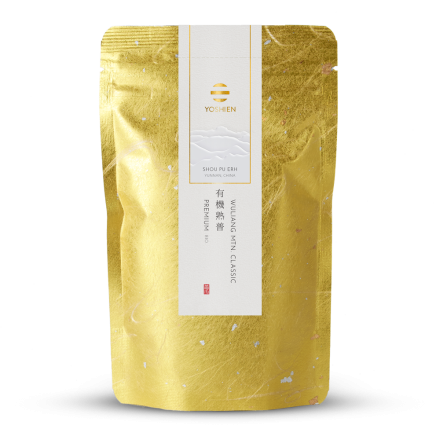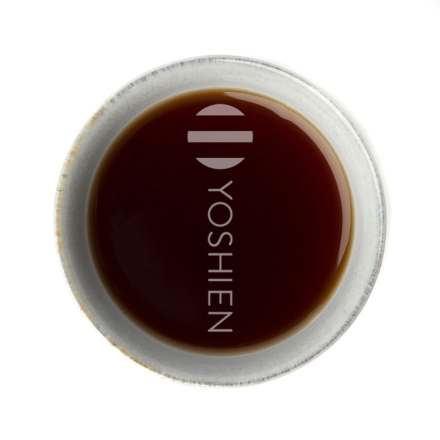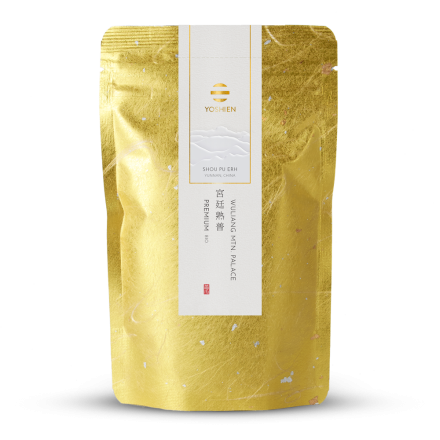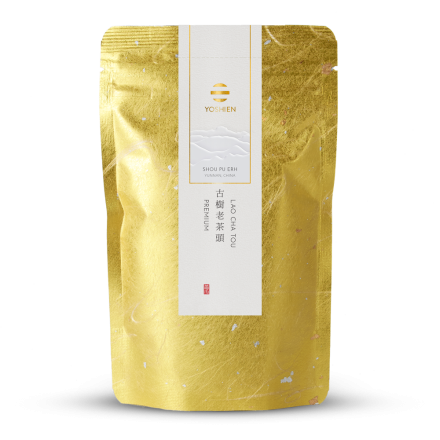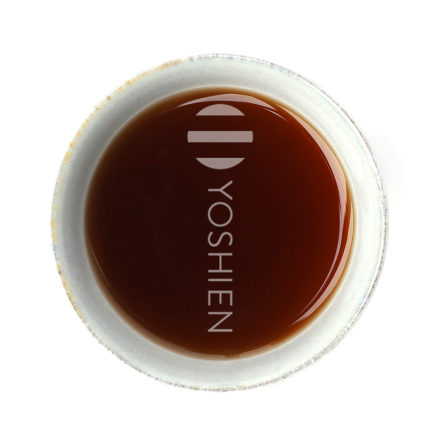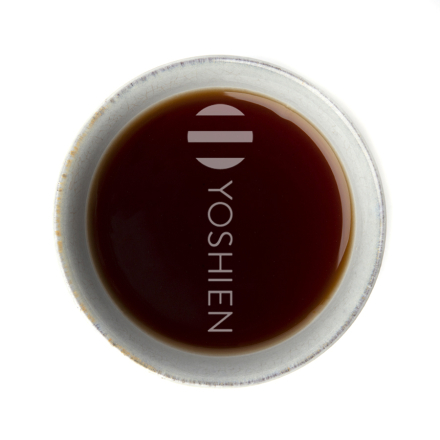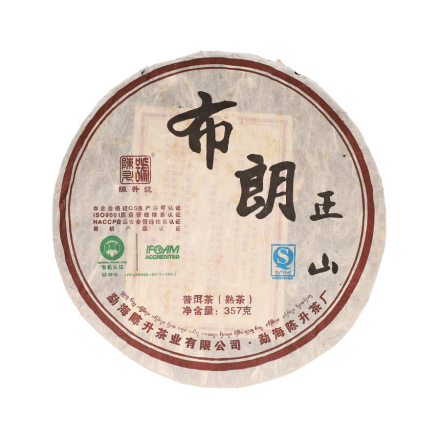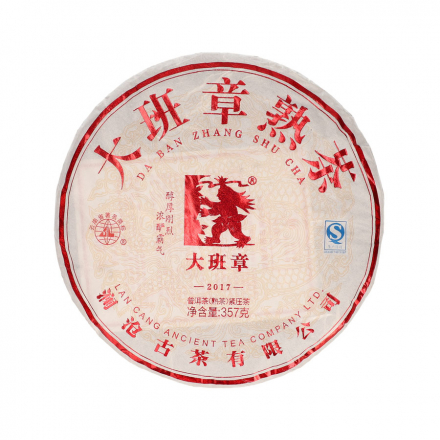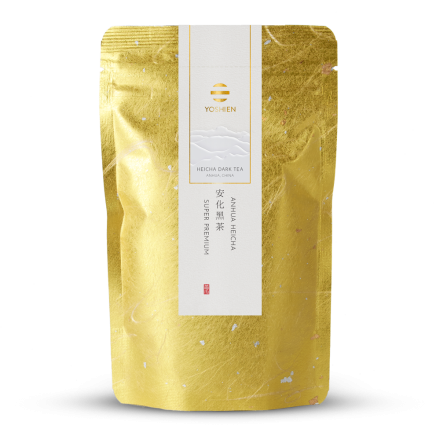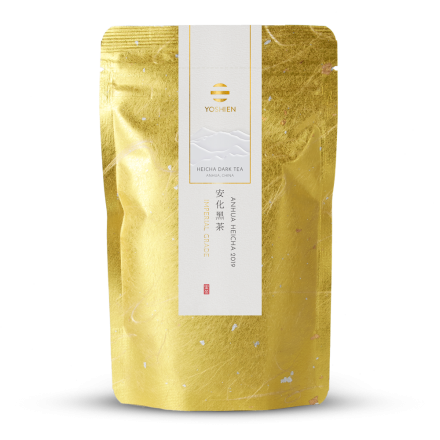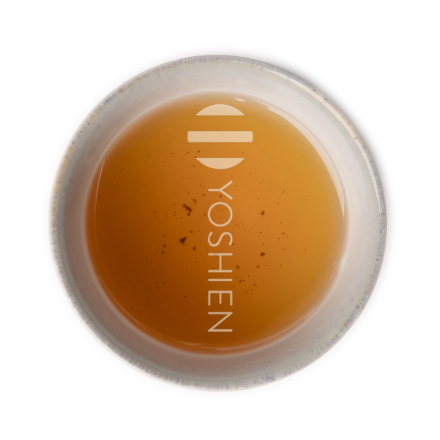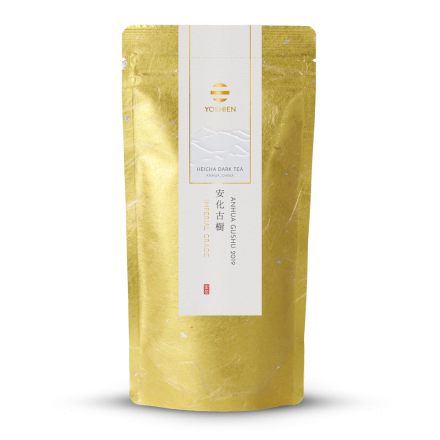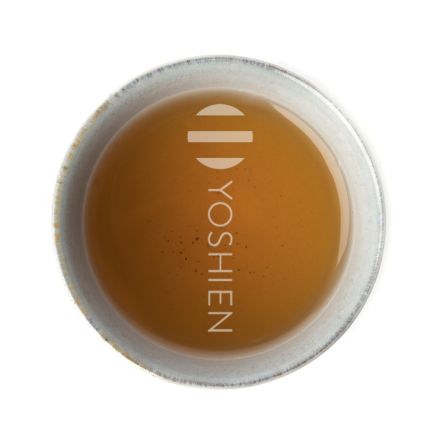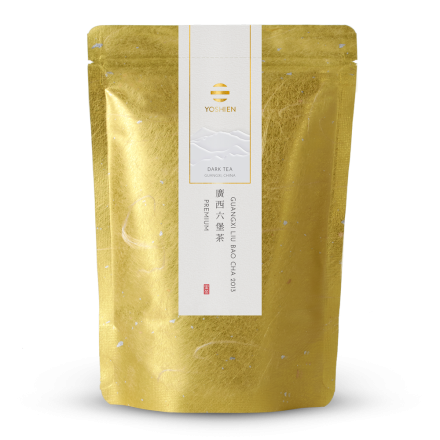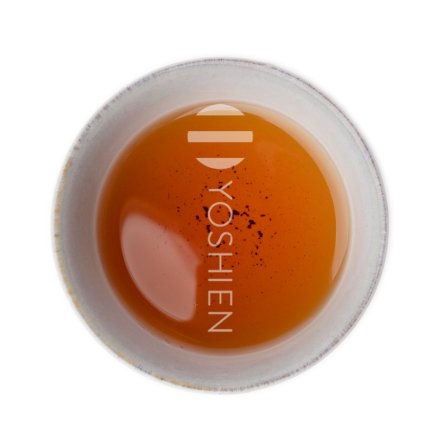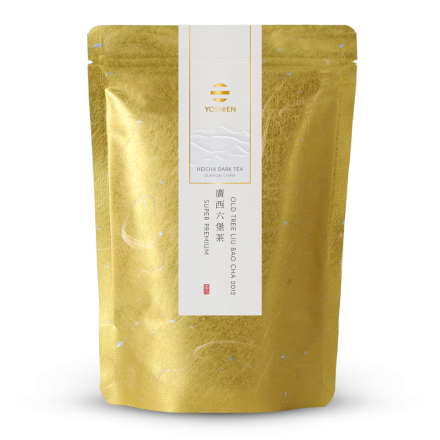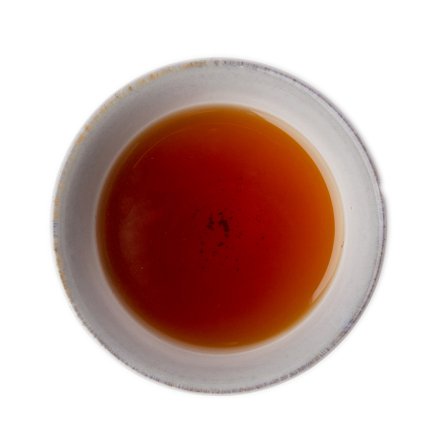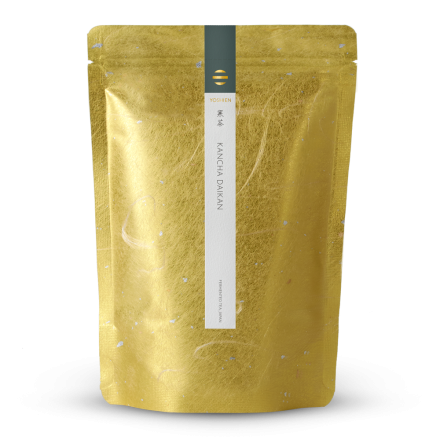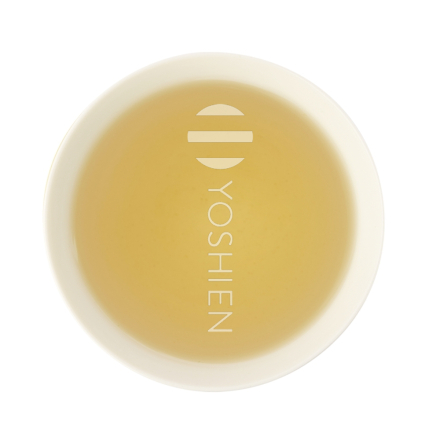Shou Pu Erh (Ripe)
Shou (熟) Pu Erh tea is appreciated for its creamy, milky, slightly earthy taste. The tea owes its qualities to a maturing process in which the tea leaves are gently fermented over a period of 60 days. We offer a high-quality selection of traditionally pressed Shou Pu Erh as well as loose leaf tea from the finest terroirs of Yunnan.
Loose Leaf Shou
High-quality Shou Pu Erh as loose leaf, unpressed tea. We offer two classic Shou teas with an earthy-sweet, milky taste from an organic farm on Wuliang Mountain – the perfect introduction to the genre. Additionally, we have a high-quality organic Shou Pu Erh from Lincang, grown at altitudes above 1800m, exceptionally pure and mild in flavour. Lao Cha Tou is a speciality which consists of small naturally-formed tea nuggets from ancient trees (Gushu), and is particularly sweet and creamy in taste.
-
Everyday 89 P.
Wuliang Mountains, Yunnan
€12.90100g
€129.00 / 1kg
-
Premium 91 P.
Wuliang Mtn., Yunnan
€16.50100g
€165.00 / 1kg
-
-
Bulang Shan & Ban Zhang
Located near the border with Myanmar, the Bulang Shan terroir, home to the famous Ban Zhang, is among the most rugged and expressive Pu Erh regions, both in landscape and in flavour. Our Shou Pu Erh teas from this area display remarkable aromatic complexity, ranging from classic earthy cacao notes to unexpected hints of fruit and flavoursome pepper.
Anhua Hei Cha
A rare, pressed and post-fermented dark tea (Chinese Heicha 黑茶) from Anhua, China, grown in pristine natural conditions on the slopes of Furong Mountain. A true rarity from pesticide-free cultivation.
-
-
Imperial Grade 99 P.
Mt. Furong, Anhua
€28.9040g
€722.50 / 1kg
-
Imperial Grade 99 P.
Mt. Furong, Anhua
€34.9040g
€872.50 / 1kg
-
Imperial Grade 100 P.
Mt. Furong, Anhua
€55.9020g
€2,795.00 / 1kg
Liu Bao Cha
Liu Bao Cha is a post-fermented tea speciality from the Chinese province of Guangxi. It is known for its very dark infusion and earthy aroma, which, particularly in well-aged teas, evokes the scent of antique wine cellars. Our Liu Bao Cha teas are traditionally aged for many years in bamboo baskets, following time-honoured methods that bring out their distinctive depth and character.
-
-
Super Premium 96 P.
Liu Bao Town, Guangxi
€26.90100g
€269.00 / 1kg
Hakkōcha Tea
Fermented teas (Hakkōcha 発酵茶) from Japan are an absolute rarity, with their fame being largely confined to their specific growing regions even within Japan. Kancha (寒茶), literally "cold tea" or "winter tea", is made by steaming whole tea branches in a wooden tub over a wood fire, then drying them in the cool winter air or in the sun. Goishicha, a speciality from Shikoku, undergoes a unique double fermentation (both aerobic and anaerobic) before being pressed, sun-dried, and cut into small squares.



